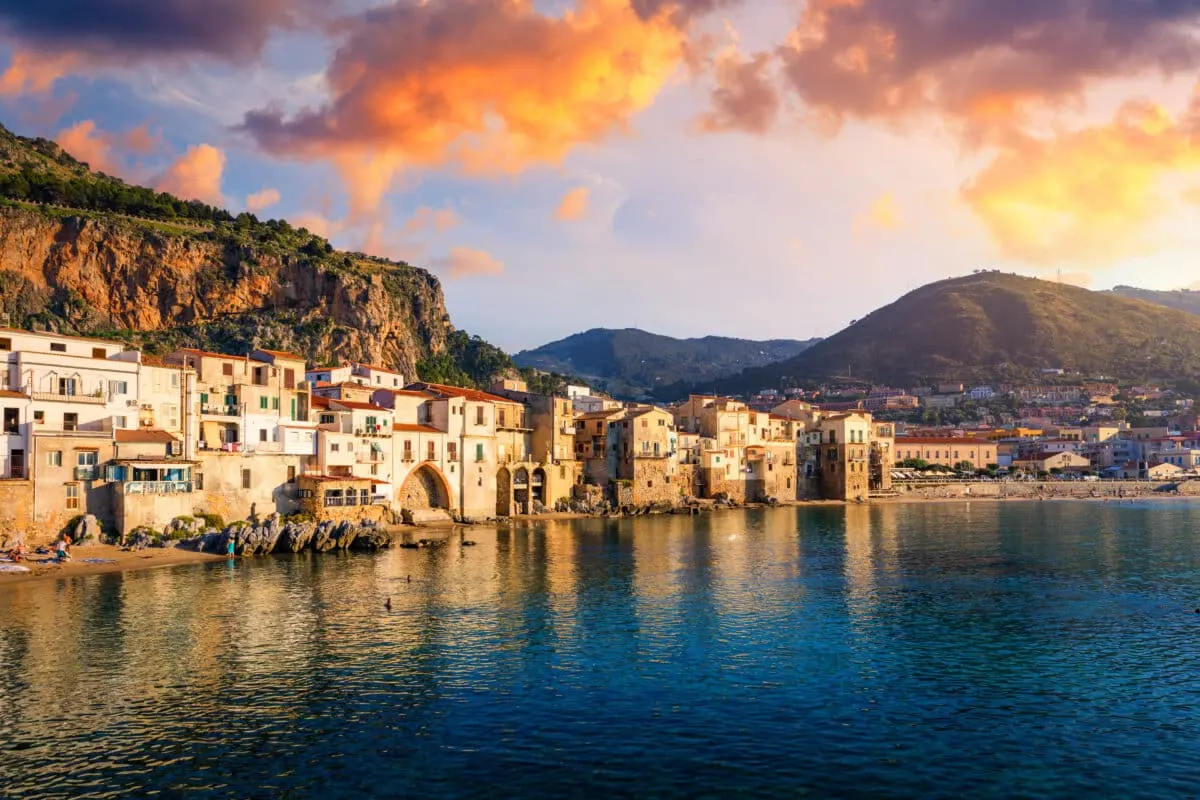Welcome to Animals and Wildlife in Italy!
Italy is a show-stopping location of natural beauty; however, it is not often featured for its majestic animals and wildlife.
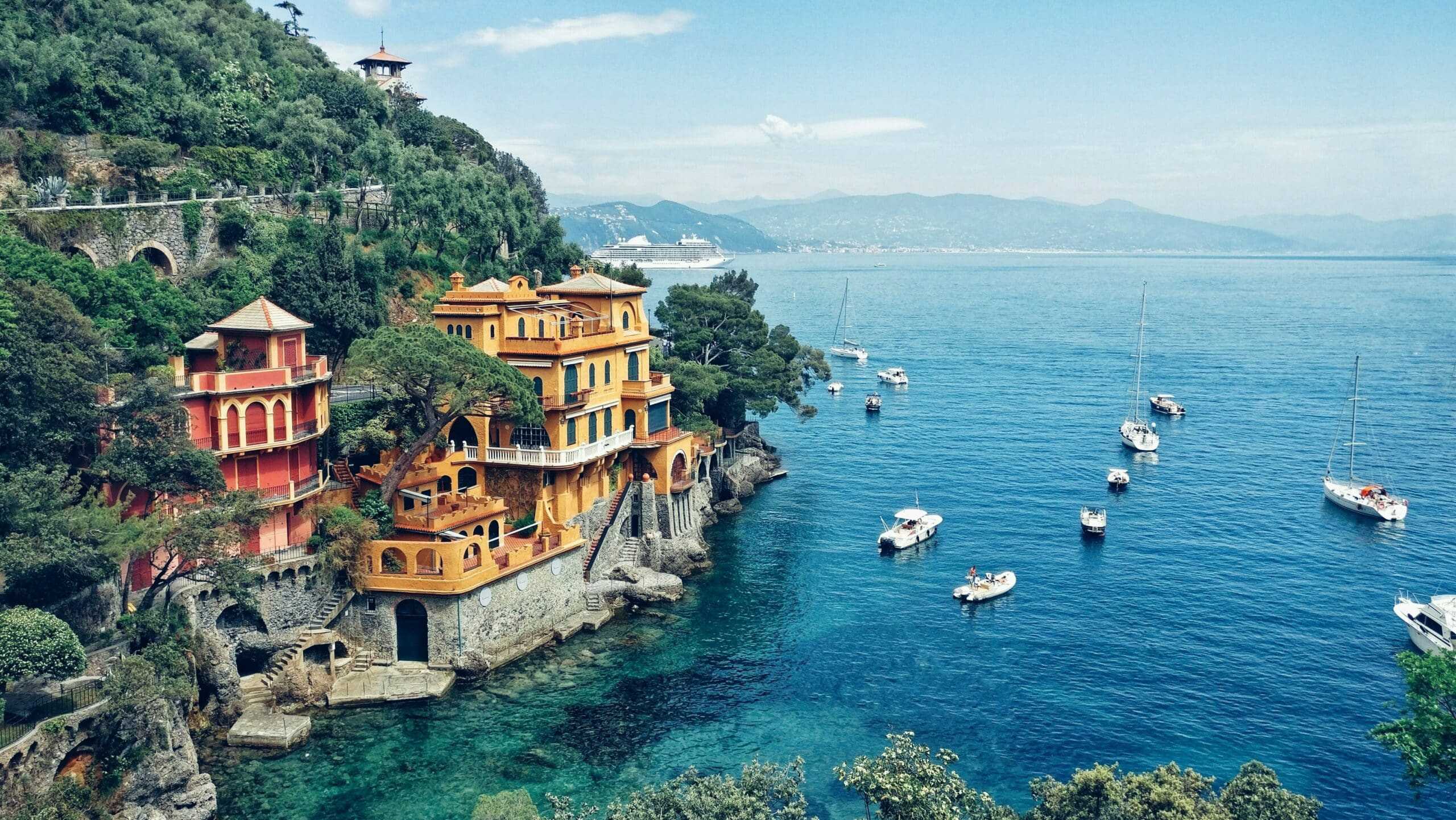
Are you curious to learn more about wildlife in Italy? Read ahead or skip to the headlines that spark your interest…
Key Points
| Topic | Key Points |
|---|---|
| Wildlife in Italy | Over 100 mammal species, including alpine marmots, snow voles, lynxes, Italian wolves, Marsican brown bears, dolphins, and Mediterranean monk seals. |
| Geography and Climate | Italy: Diverse landscapes, Mediterranean climate with hot summers, cool winters. Peak tourist seasons: Jan–Feb, Jul–Aug. Off-season: May, Sept–Nov. |
| National Parks | Italy has 24 national parks covering 15% of its land. Notable parks: Gran Paradiso, Dolomiti Bellunesi, Abruzzo, Lazio, and Molise. Protect diverse wildlife and habitats. |
| Italian Wolf | Apennine wolf, Italy’s national animal. Population: 600–700 individuals. Cultural significance. |
| Marsican Brown Bear | Critically endangered, restricted to Abruzzo, Lazio, e Molise. Habitat loss, conservation efforts ongoing. |
| Sardinian Long-eared Bat | Endemic to Sardinia, discovered in 2002. Vulnerable species. |
| Corsican Hare | Found in southern and central Italy, Corsica. Spotted in various environments, especially during mating season. |
| Eurasian Lynx | Reappeared in Italy after almost 100 years. Not yet established a vital population. |
| Ibex | Sure-footed mountain goats. Reintroduced to the Alps. |
| Corsican/Sardinian Deer | Smaller subspecies of red deer. Best observed during mating season. |
| Golden Eagles | Large birds of prey in alpine and hilly regions. Distributed across North America, Asia, Africa, Europe. |
| Wild Boars | Population doubled to 2 million. Hunted and used in various dishes. |
| Mediterranean Monk Seals | Global population <700, common near Izmir on the Aegean coast. Rare. |
| National Parks in Italy | 24 national parks protect natural, cultural, and historical heritage. Notable parks: Abruzzo, Gran Paradiso, Majella, Stelvio. |
| Tour Operator | Evaneos Italy Nature Tours offers guided wildlife experiences in Italy. |
| Summary of Wildlife in Italy | Italy offers diverse wildlife amid its renowned art, culture, and landscapes. Explore deer, bears, bats, eagles, and more while visiting this dream destination. |
About Italy
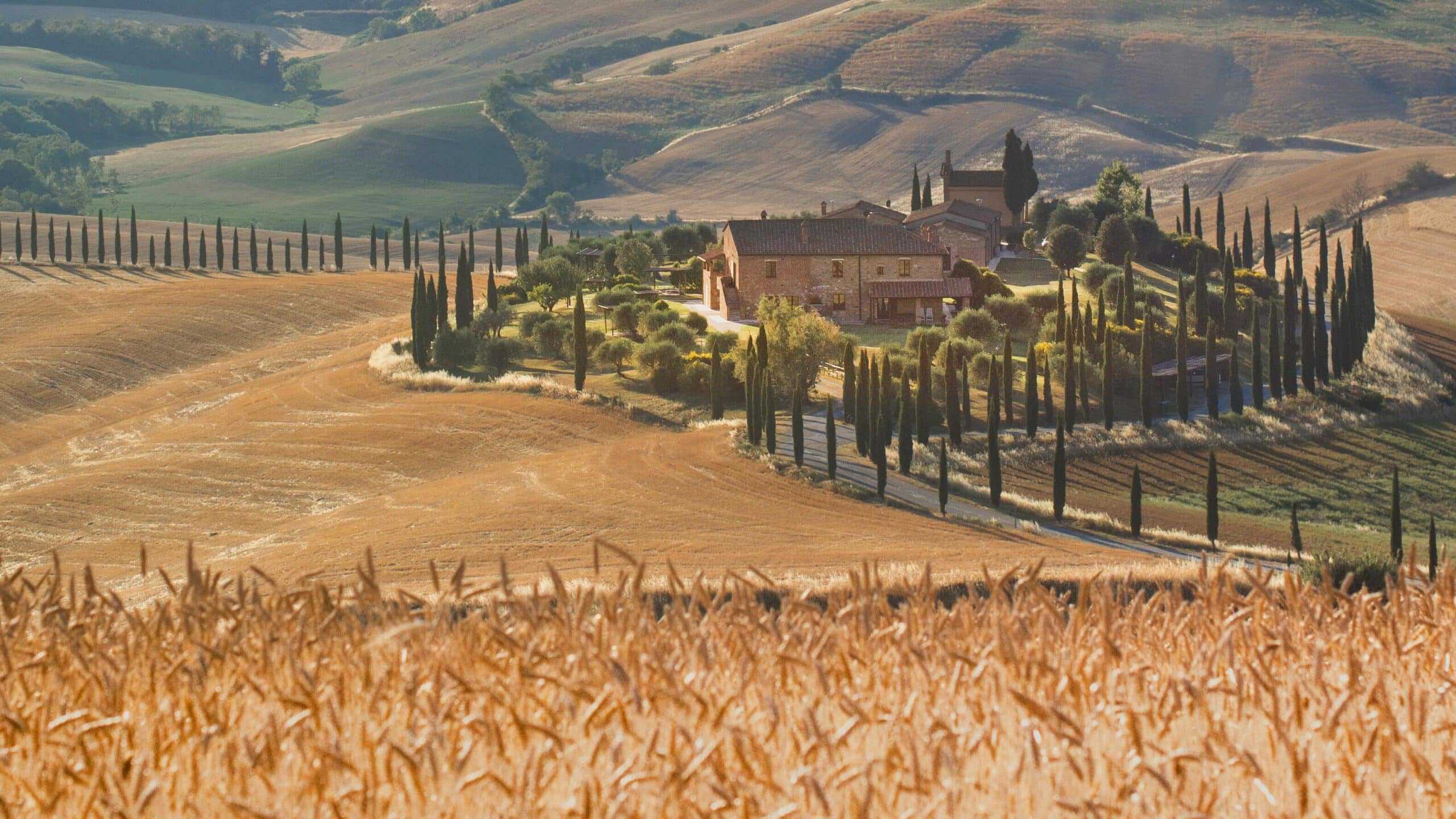
Aside from unexpected natural wildlife wonders, Italy is famous for its spectacular cities, ancient ruins, excellent museums, soaring mountains, great beaches, and beautiful natural scenery.
From the hub of Florence/ Rome/ Milan or along the dotted Coastlines, Italy is, arguably, one of the most beautiful places to discover and explore. This makes it, a true dream destination!
Climate

Italy enjoys a Mediterranean climate characterized by hot, dry summers and cool, wet winters. The northern and mountainous regions experience cool and humid winters. During the summer months, scorching weather can extend even to the northern districts of Italy.
When it comes to travel:
Peak Season: January to February and July to August (Most popular but higher prices).
Off-Season: May, September to November (Less crowded and budget-friendly).
Wildlife in Italy
Italy boasts an impressive roster of over 100 mammal species, including the alpine marmot, European snow vole, Eurasian lynx, Italian wolf, and Marsican brown bear. Along the coastlines, you might even catch a glimpse of dolphins and Mediterranean monk seals.
The country’s commitment to conservation is evident through its 24 national parks, safeguarding more than 1.5 million hectares, equivalent to 15% of its total land. Notable parks like Gran Paradiso National Park, Dolomiti Bellunesi National Park, and Abruzzo, Lazio, and Molise National Park stand as testament to Italy’s dedication to preserving its natural treasures.
Italian Wolf
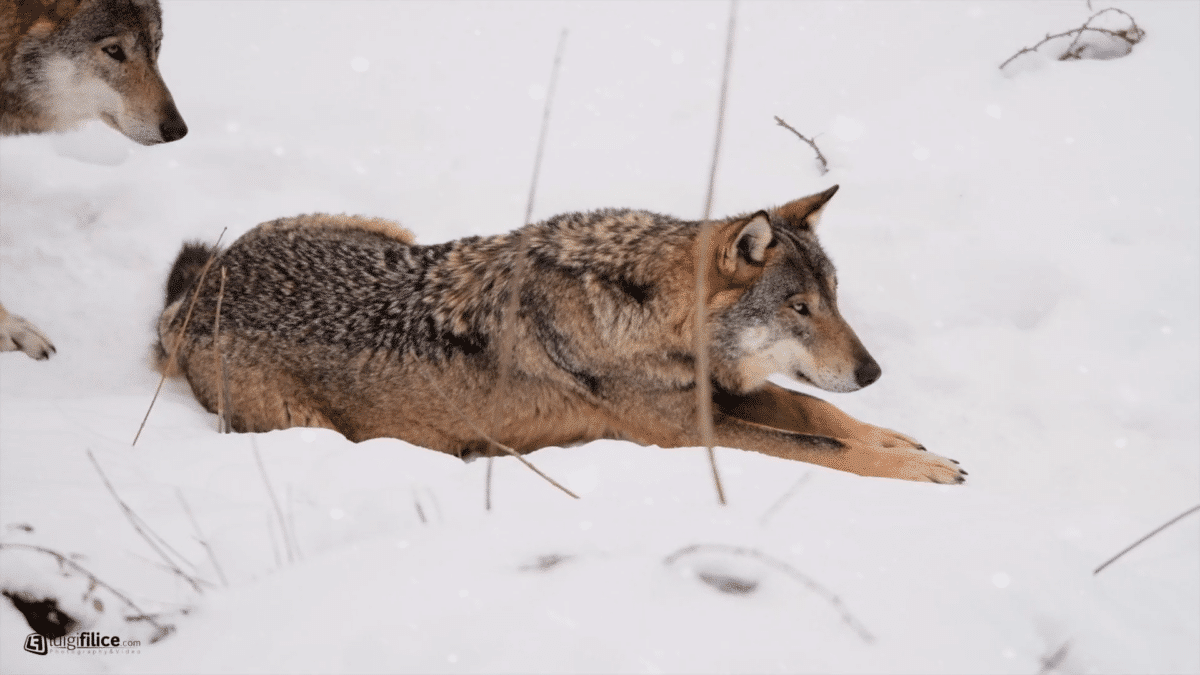
The Italian wolf, also known as the Apennine wolf, is a subspecies of grey wolf native to the Italian Peninsula. It inhibits the Apennine Mountains and the Western Alps, though it is undergoing expansion towards the north and east.
The Apennine wolf is the national animal of Italy. It’s symbolism dates back to the mythological story of Romulus and Remus. According to legend, a shewolf discovered the infant twins and kept them alive via interbreed suckling. Eventually, humans took the boys in, and they went on to found Rome.
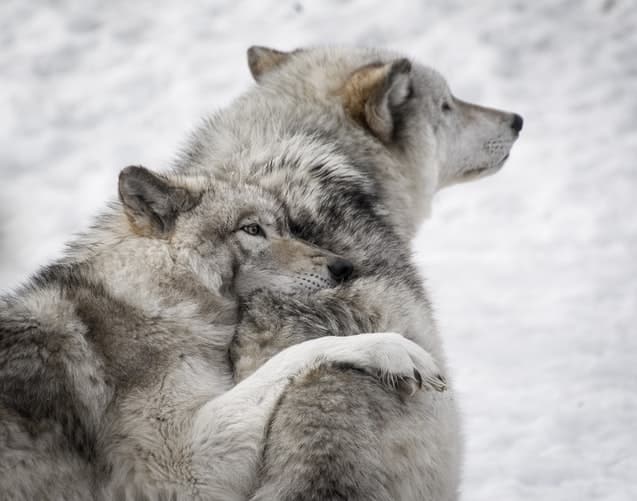
Italian wolves are a subspecies of grey wolves native to the Italian Peninsula. Presently, between 600 and 700 individuals are alive and well. However, in the not-too-distant past, only about 70 Italian wolves were around. Thanks to public and private conservation efforts, the species is returning.
Marsicun Brown Bear
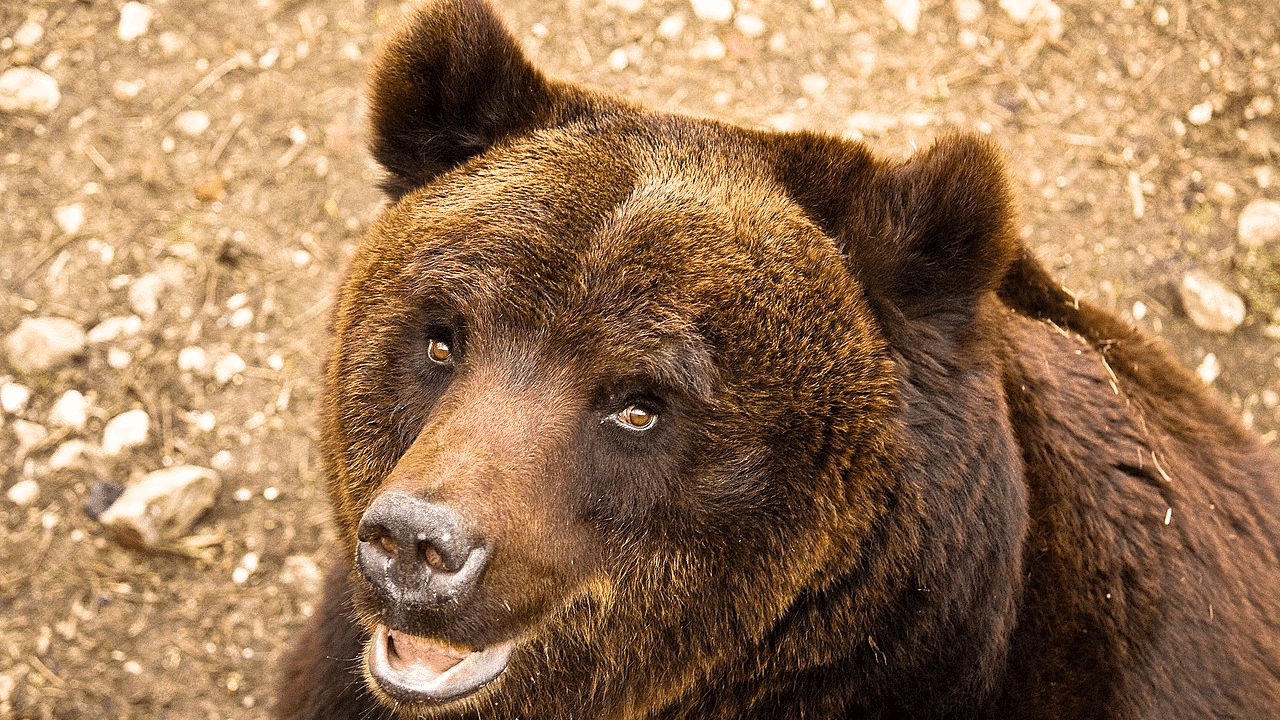
The Marsican brown bear, also known as the Apennine brown bear/ orso bruno Marciano in Italian, is a critically endangered population or subspecies of the Eurasian brown bear, with a range restricted to the Parco Nazionale d’Abruzzo, Lazio e Molise, and the surrounding region in Italy.
Sardinian Long-eared Bat

The Sardinian long-eared bat is a species endemic to Sardinia, Italy. This species was discovered recently in 2002 in the caves of central Sardinia.
This bat predates in surrounding forests but unfortunately faces a decreasing population, now listed as a ‘ vulnerable species.’ A sole surviving endemic mammal to Sardinia Island. It has been suggested that the remaining bats became extinct due to the arrival of human beings almost 9000 years ago. It is rare to spot these bats, but their rarity makes them a natural phenomenon and feature-worthy.
Corsican Hare

This captivating Corsican hare, also known as the Apennine hare or Italian hare, calls Southern and Central Italy, as well as Corsica, its home. This agile creature thrives in a variety of landscapes, from maquis shrublands and grassy meadows to cultivated areas and coastal dunes.
The Corsican hare’s presence in Sicily is widespread, from sea level to a staggering 2400 meters high on the majestic Mount Etna. On the Italian mainland, its habitat is somewhat fragmented, with scattered populations reaching as far north as Tuscany on the western coast and Foggia on the eastern shore.
For those eager to catch a glimpse of these elusive hares, keep an eye out in open grassy fields or arable lands, especially near the fringes of woodlands or along well-established hedgerows, where hares can seek shelter and thrive.
Lynx

Firstly, the Eurasian lynx is the third largest predator in Europe after the brown bear and the wolf and the largest of the four lynx species.
The Eurasian lynx boasts a compact body, long legs, and notably large feet. Its distinctive features include ears adorned with a black tuft at the tip and paws armed with sharp retractile claws. Ecologists have observed that habitat loss and declining prey populations may contribute to population declines among Eurasian lynxes in certain regions of their range. Globally, their numbers are estimated to exceed 45,000, and since 2002, the IUCN has designated them as a near-threatened species.
Interestingly, nearly a century after being declared extinct in central Italy, there are signs of the lynx’s resurgence. It is believed to have made a comeback, with possible populations now residing in southern Italy. Despite the presence of suitable habitat spanning from the southwestern to the eastern Alps, lynxes in Italy have yet to establish a robust population.
Ibex
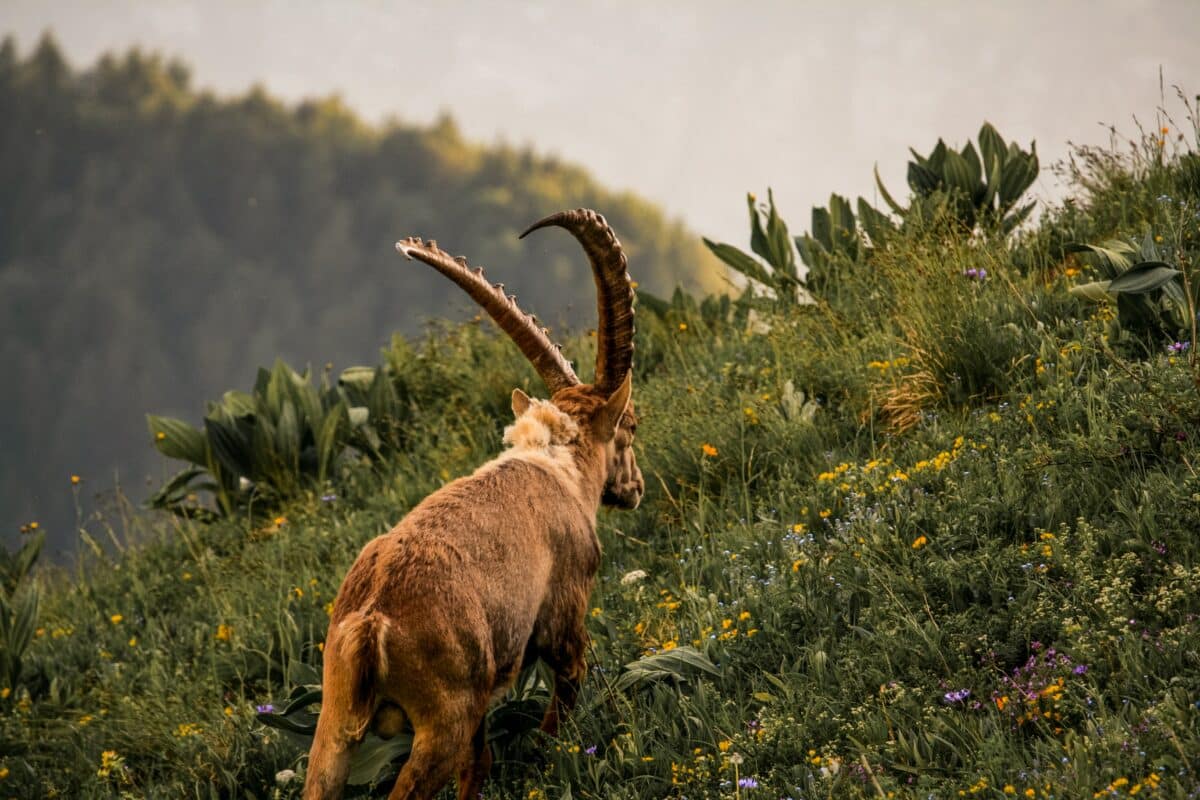
Firstly, ibex refers to a group of sure-footed and robust wild goats belonging to the genus Capra within the family Bovidae, found inhabiting the rugged mountains of Europe, Asia, and northeastern Africa. Secondly, these ibex species are part of the broader category of wild mountain goats (genus Capra), and they are characterized by the large, curving horns, notably ridged in front, found on males.
The Alpine ibex, once limited to the Gran Paradiso National Park in northern Italy and the Maurienne Valley in the French Alps, has seen a successful reintroduction effort across most of the Alps. This initiative commenced in 1906 in Switzerland, ensuring the species’ resurgence in these majestic mountain regions.
Corsican red deer/ Sardinian Deer

The Corsican red deer, also referred to as the Corsican deer or Sardinian deer, represents a distinctive subspecies within the red deer family, unique to the Mediterranean islands of Sardinia and Corsica.
Distinguishing features of these deer include slightly smaller antlers when compared to their mainland counterparts, which can grow up to approximately 80 cm in length.
For those seeking the ideal time to observe them in action, August to November is prime, as it marks the mating season. During this period, you may have the chance to witness male deer engaging in intense battles to win the favor of mature females. Typically, there are around a dozen female deer per male, making this a captivating spectacle of nature.
Golden Eagles

Evidently, named for the golden hue on their head and neck feathers, Golden Eagles are large, powerful birds capable of fast flight. It is the most widely distributed species of an eagle; These majestic birds range from Mexico through much of western North America as far north as Alaska; they also appear in the east but are uncommon. Golden eagles are also found in Asia, northern Africa, and Europe.
Furthermore, in Italy, the Golden Eagle occupies alpine and subalpine habitats, hills, and sometimes lowland areas in the Alps, Apennines, and central islands.
Wild Boars

According to the figures released by Coldiretti, in the last ten years, the number of wild boars in Italy has doubled to 2 million. The Italian word for Wild Boar is ‘Cinghiale.’ They are hunted and subsequently eaten in various dishes, from pasta to sausages. Additionally, a wild boar is a type of wild pig closely related to the domestic pig.
Lastly, the province of Genoa is among the areas most densely populated by wild boar in Italy, with an estimated 25 boar per 10 sq km.
Mediterranean Monk Seals

The mediterranean monk seal population is estimated to be less than 700 globally. Just about 100 of the monk seals live only on the coastline of Turkey. The Mediterranean monk seals are seen lesser in the Marmara and the Black Sea, but they are most common around Foca near Izmir, on the Aegean coast.
National Parks in Italy
Italy’s national parks represent the country’s truly natural, cultural, and historical heritage. In Italy, there are 24 beautiful national parks for visitors to discover.
National park of Abruzzo: mountain habitat for bears and wolves
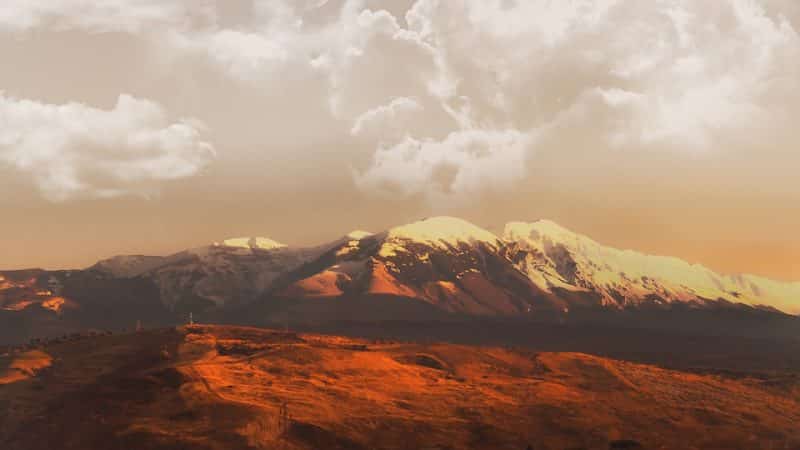
Abruzzo, Lazio, and Molise National Park is an Italian national park established in 1923. Most of the park is located in the Abruzzo region, with smaller parts in Lazio and Molise.

It is the oldest in the Apennine Mountains and the second oldest in Italy. It’s essential in preserving species such as the Italian wolf and Abruzzo brown bear. Other well-featured wildlife in the park is red deer and roe deer, wild boar, and the white-backed woodpecker.
Gran Paradiso national park: Alpine Trails and garden routes
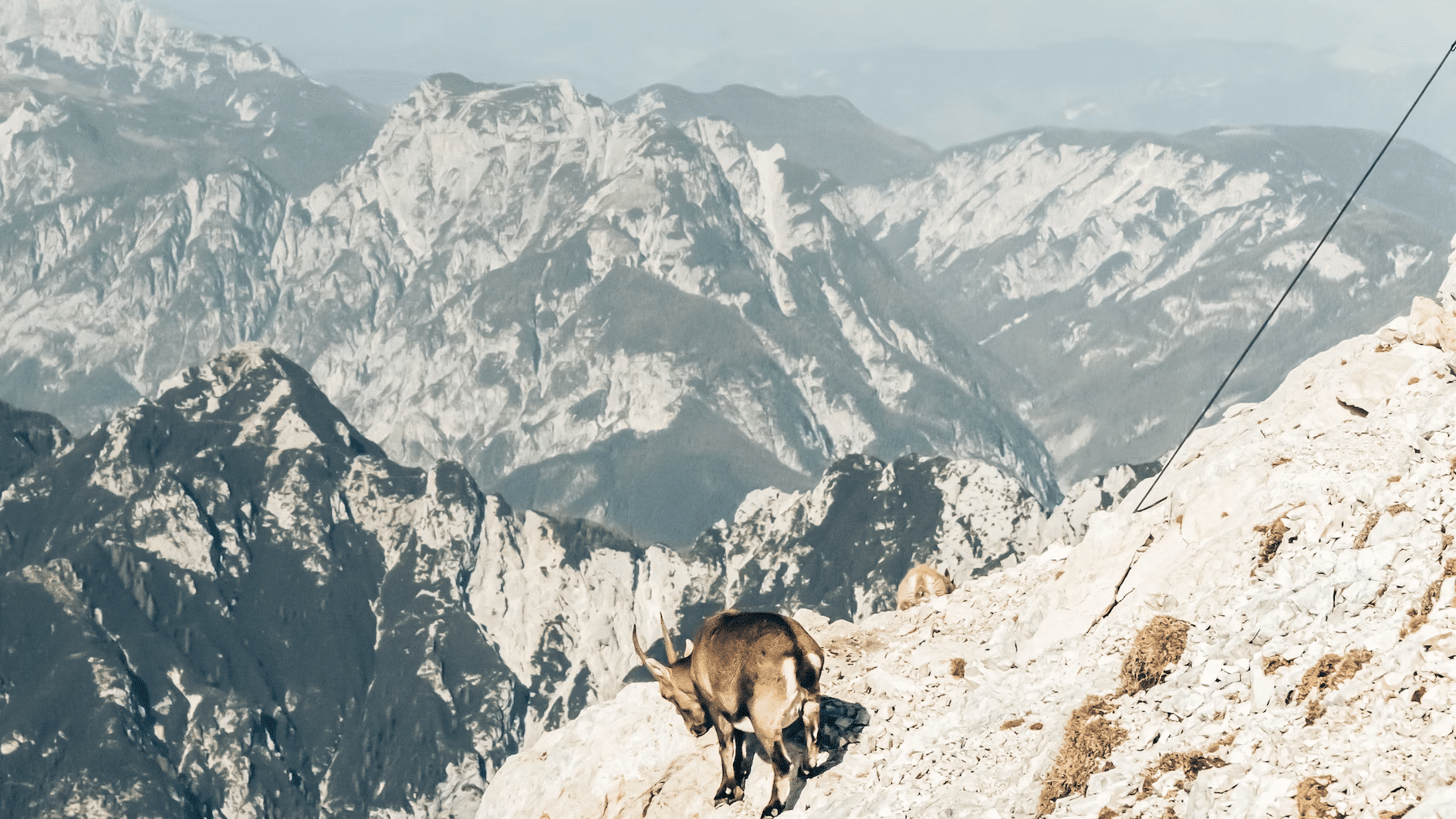
The Gran Paradiso National Park is a protected area established by the State. It is to preserve ecosystems of national and international relevance. It’s vital to the valleys around the Gran Paradiso massif (group of mountains) for present and future generations.
Majella national park: mountains and wildlife

Majella National Park is located in Chieti, Pescara, and L’Aquila provinces in Abruzzo, Italy.

It is centered on the Maiella massif, of which Monte Amaro is the highest peak. Lastly, the Majella National Park has an extensive path network. This winds for about 700 km, with excursions ranging from a few hours to several days of hiking.
Stelvio National Park: Alpine valleys
Firstly, Stelvio National Park is a protected area in the central Alps of northern Italy. Furthermore, it’s known for the Passo dello Stelvio, a high-altitude mountain pass with nature trails dotted with WWI military ruins. The park’s wildlife includes marmots and birds of prey.

Tour Operator
Summary of Wildlife in Italy
Synonymous with art, culture, and delicious food, Italy is the perfect European getaway. Italy’s wildlife is also a motivating reason to book your tickets when it is possible to do so! From the deer and birds of Sardinia to the bears and wolves of the mountainous Abruzzou region, gems of Italian nature exist.
If you enjoyed this, please read further with our wildlife in Sweden and Germany blogs.
Frequently asked Questions (FAQs)
The biggest predator in Italy is the Italian wolf, also known as the Apennine wolf. This subspecies of the grey wolf is native to the Italian Peninsula.
Italy is iconic for various animals, but the Marsican brown bear holds cultural significance as it is native to the region. Additionally, the Italian wolf is also iconic and has a special place in Italian folklore.
While Italy does have some snake species, they are generally not considered a significant problem. Most snakes in Italy are non-venomous, and encounters with venomous snakes are rare. However, it’s advisable to exercise caution and be aware of your surroundings, especially in rural areas.
Italy does not have highly venomous animals like some other regions. The European adder, a venomous snake, is one of the few venomous species in Italy, but its bite is rarely fatal to humans if treated promptly. Overall, Italy is not known for extremely poisonous animals.
Join our Forum for free today!

- These are The 5 Largest Great White Sharks Ever Recorded - July 19, 2024
- The Surprising Benefits of Big Game Hunting - July 18, 2024
- $100k+ Hunting Experiences The Most Expensive Animals to Pursue - July 17, 2024

